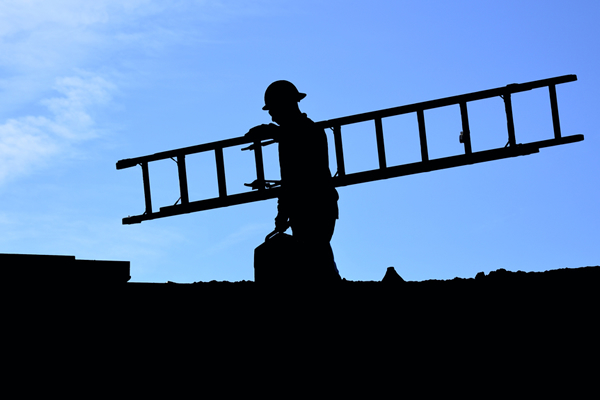10 Tips for Common Commercial Roofing Problems and Solutions
Author: Dan Stout | April 21, 2021
Every roofer will spend part of their career responding to a handful of very similar repair calls. Let's look at some common roofing problems and solutions for making your most common repairs as efficiently as possible.

1. Shrinkage
Commonly seen on EPDM and modified bitumen roofs, shrinkage is usually caused by improper manufacturing or installation, though it can also be triggered by UV exposure. Regardless of the cause, the result is unseated flashing or tears on the membrane, which can cause tenting.
To release shrinkage-related pressure, you'll need to cut and reapply the membrane. Be sure not to reuse damaged flashing. Instead, keep a range of flashing in your vehicle, ready to install or use as a reference before purchasing more.
2. Exposed Screws and Fasteners
Every exposed fastener is a potential penetration point for moisture to enter directly into the substrate or even the building space itself. Prep the surface by power-washing, then use a 705 or 905 roof patch from TRI-BUILT to ensure the job is done right.
3. Ponding
Standing water may be a problem if it's still present on a roof 48 hours after the most recent rain. The solution depends on the root cause, which can be anything from an incorrect slope, sagging substrate or clogged drains. If you have to re-lay the material, one of the best options is to use materials such as cant strips or tapered edges from TRI-BUILT.
4. Inappropriate Storage
For some reason, many people view flat roofs as storage space. Contractors sometimes leave behind construction materials, and building maintenance crews have been known to store items on the roof. So, if you find 800 pounds of jagged scrap metal on a roof, how do you get rid of it?
The smart solution is to use a crane. A crane rental is often less expensive and safer than having a team of workers hauling material down multiple floors.
5. Post-Installation Foot Traffic
Roofs aren't highways, and excessive foot traffic from contracted work or unanticipated (and unapproved) crowds for events like fireworks or parades can damage the membrane or underlayment. Single-ply roofs aren't intended to support lawn chairs and beer coolers! Eliminate the issue by installing signage or a door alarm that notifies the building manager of unapproved access.
6. Bubbles and Blisters
When roofers trade stories about roofing problems and solutions, bubbling and blistering always come up. The cure depends on the roof system. TPO systems call for a layer of fleece back tape topped by 981 or 985 Roof X Tender, while an EPDM system requires 981 or 985 with an optional layer of 482F polyester.
7. Edge Metal Failure
A common problem for flat roofs is the failure of metal edging strips. If edging separates or is poorly aligned, a proper fix starts with applying fleece back tape. A roll of trustworthy tape should be in any roofer's toolkit, especially on maintenance runs. Once that layer is secure, finish with a layer of one-ply polyester and a topcoat of 705 or 805 Roof X Tender.
8. Cracked or Spalling Masonry
Even well-installed masonry can be vulnerable to nature's relentless onslaught, especially in regions that go through repeated freeze-thaw cycles. It's best to address those cracks before they widen and masonry begins to separate. Hit the damaged masonry with a patch mix followed by a coat of sealer. Read the directions on both products to address the issue in a single trip, accounting for any curing time.
9. Caulking Failure
Almost any roof penetration sealed with caulk can fail over time. The solution is standard if a little mundane. Scrap out the damaged caulk, make sure there isn't an underlying issue, clean the surface and re-caulk.
10. Pest Activity
A roof can be watertight and durable, but it still won't stand up to determined animals. If a pest has made its home on a customer's roof, your best tool is your cell phone. Contact an animal control specialist to safely remove the angry critter.
While no two roofs are exactly alike, these common roofing problems and solutions should help you plan for future repairs and boost your confidence knowing you'll have a solution for your client's most common roofing needs.